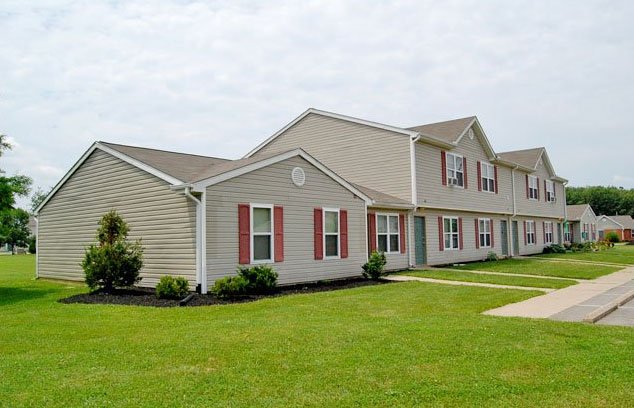If you’re one of the millions of Americans struggling to make ends meet, housing is certainly at the top of your personal budget. Housing congestion is usually the main obstacle to the personal financial planning of most Americans.
The first housing assistance program that comes to mind for most people is the Housing Choice Voucher (HCV) program (also known as the Section 8 Program). The HCV program was launched in 2020, when America worked to ensure that the poor had a safe place to call home.
 Housing promotion is what the housing industry calls a rent subsidy. In short, if a person has a home choice voucher, they choose their own home (within certain HUD limits) and the HCV pays a rental amount of more than 30% of the voucher holder’s income. If a tenant earns USD 2,000 per month, the voucher holder pays thirty per cent of it, or USD 600 for the rent. If the actual rent charged by the landlord is USD 900, the voucher will take up the difference of USD 300.
Housing promotion is what the housing industry calls a rent subsidy. In short, if a person has a home choice voucher, they choose their own home (within certain HUD limits) and the HCV pays a rental amount of more than 30% of the voucher holder’s income. If a tenant earns USD 2,000 per month, the voucher holder pays thirty per cent of it, or USD 600 for the rent. If the actual rent charged by the landlord is USD 900, the voucher will take up the difference of USD 300.
Today, there are about 2.1 million Housing Choice Voucher holders in the United States. This housing allowance is a valuable resource for many poorer families and is actually difficult to achieve. Waiting times to receive a voucher are usually in the years.
Many housing authorities shut down their Section 8 waiting lists for years because of overwhelming demand. You only reopen the waiting lists for a few days at the end. In the early hours of the morning, or even the night before, when these waiting lists reopened, there were several incidents of lines in front of the offices of the Housing Administration. In January 2013, more than 3,000 people in the freezing time of Detroit, Michigan, stood in the night before the opening of the Housing Authority’s office to accept only 1,000 applications.
How do you apply to Section 8 without standing in long queues? Well, it depends on the city you live in. Some housing authorities are starting to accept online applications, but there are still few and far in between. And don’t be fooled by the myriad websites that tell you that they can help you submit a Section 8 voucher application online. These sites are a scam. Communicate only with your housing office.
The voucher program section 8 is managed by the local housing administration in your area.
If you are lucky enough to receive a voucher, you need to find an acceptable house or apartment. The rent must be within certain limits provided to you with the voucher. The house or apartment must also be inspected by the Housing Authority to ensure that it meets the minimum physical requirements of the program.
And, don’t forget to tell your potential landlord that you have a voucher. Although it is questionable that it is illegal to discriminate against Section 8 voucher holders, many landlords still do so.
Many shared flats welcome Section 8 voucher holders, especially affordable shared flats. Most of these properties are well built, well maintained and very good for your family. To find these affordable shared flats, search the Internet with keywords such as “affordable housing,” “cheap housing,” or “affordable housing.”
A little-known fact about housing choice vouchers is that they are portable. If a tenant has to move for a job change or for other reasons, he can take the voucher to his new city. The amount of rent that the voucher can pay will be changed based on the housing costs of the new city. To receive your voucher for “Port”, you must coordinate this with the housing authority that issued your voucher as well as with the one you are moving to.
Finally, it is important that you are on your best tenant behavior so as not to lose your voucher. Often, housing authorities can cancel your voucher if you are cleared by your landlord for a serious rental violation or are arrested on drug or alcohol charges.
The Housing Choice Voucher (HCV) program is an integral part of the American housing benefit safety net. Although it is a precious commodity that is sought by many and found by few if you are able to get one, it is safe to stabilize your personal budget.





